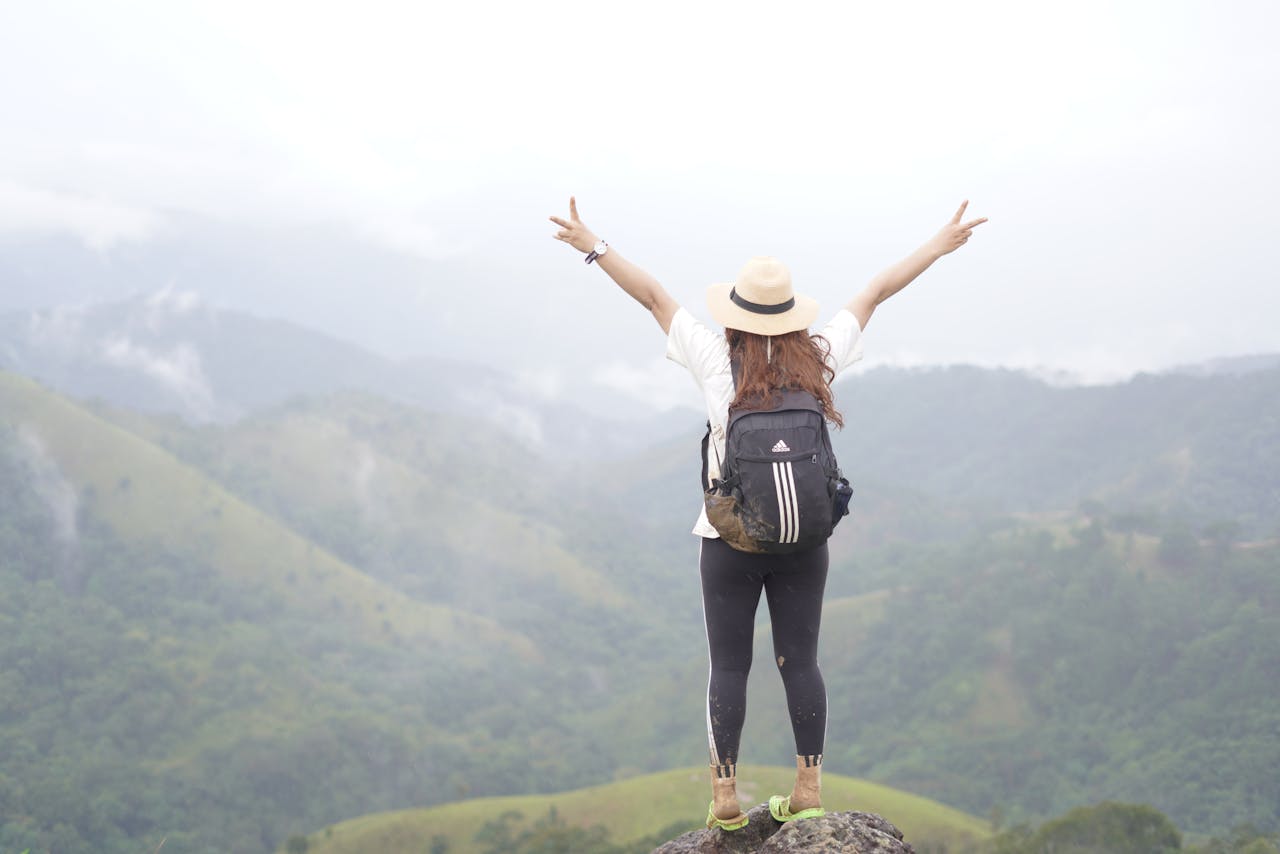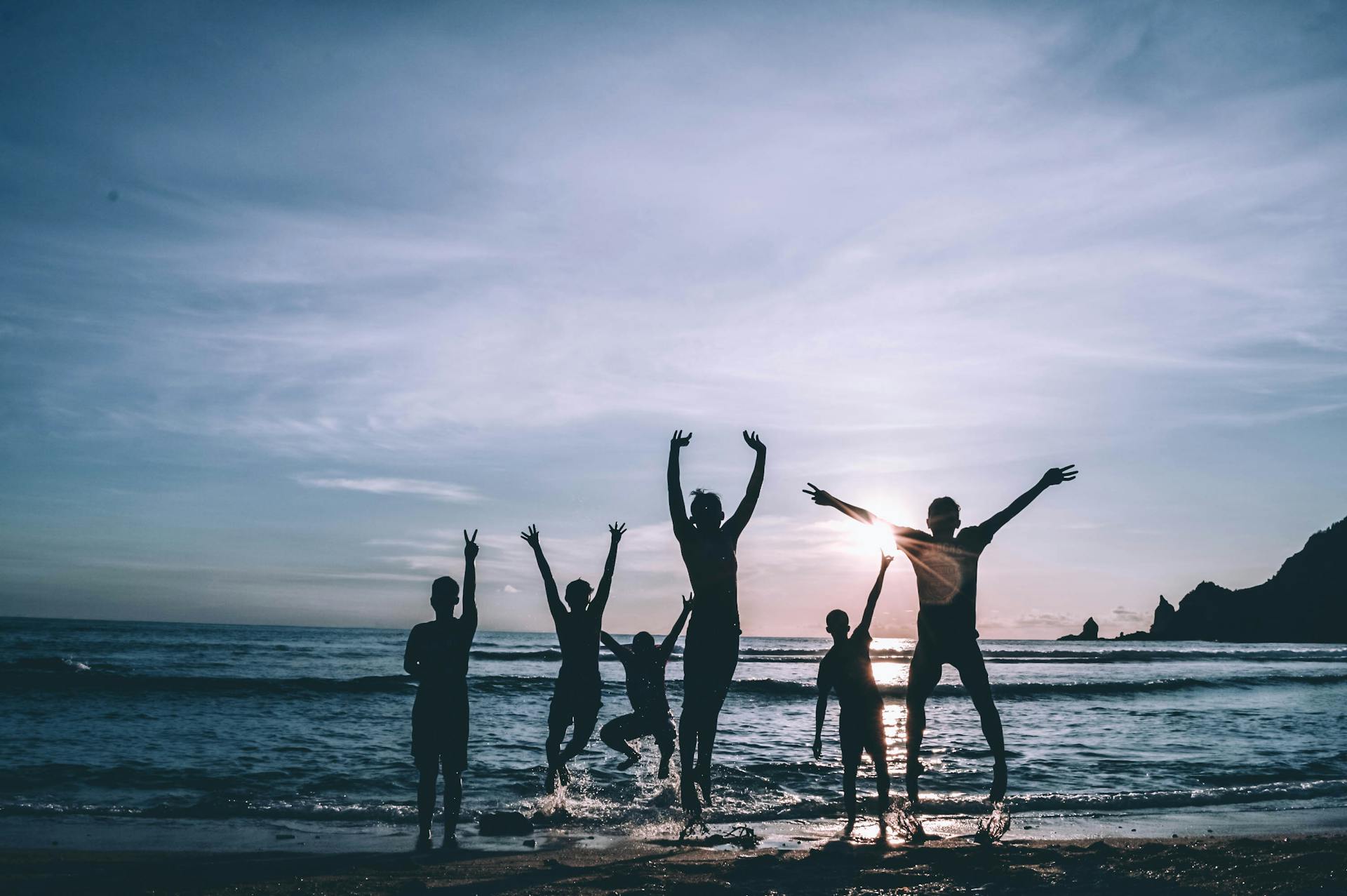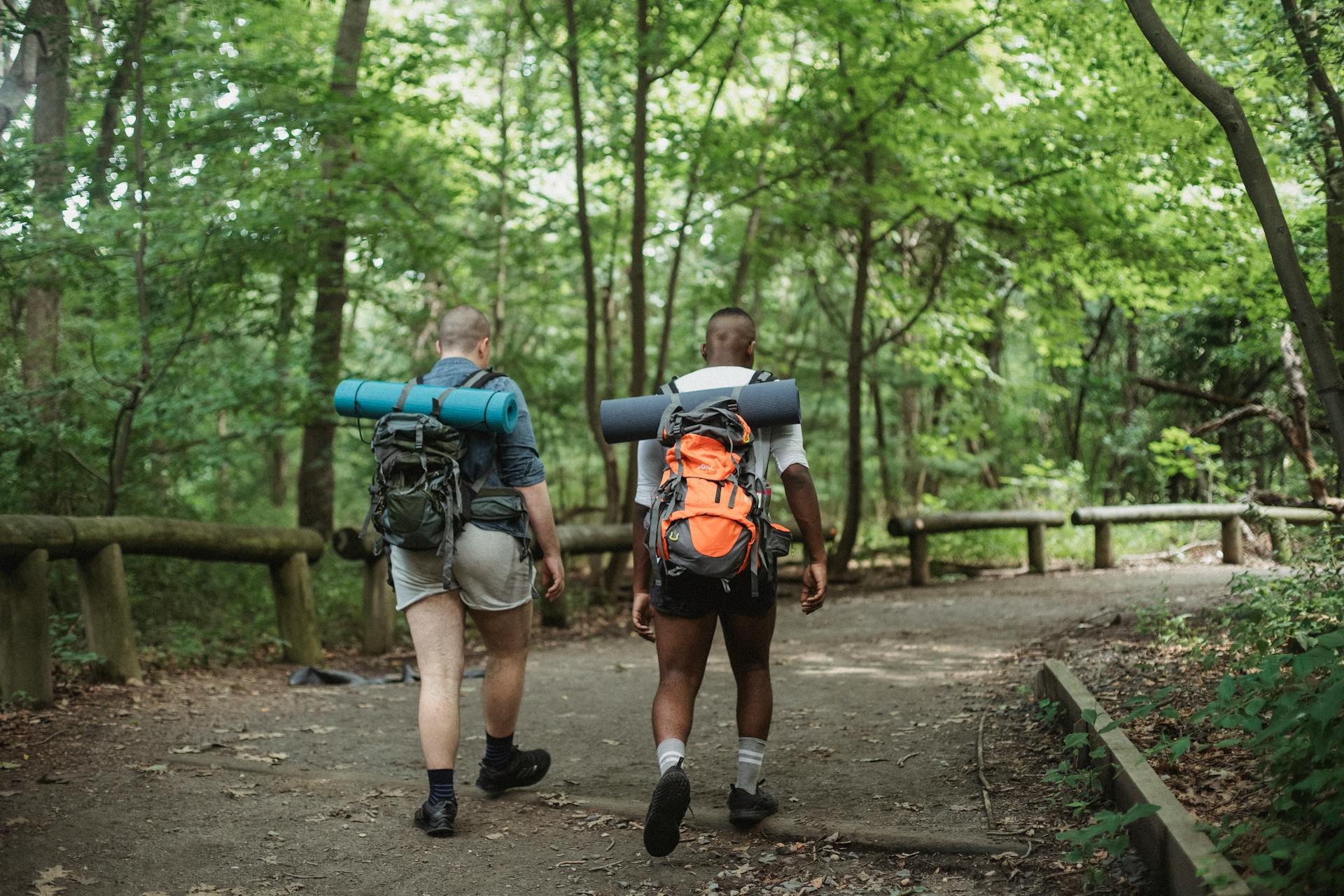Traveling alone can be one of the most liberating and transformative experiences of your life. Whether you’re craving adventure, seeking personal growth, or just need a break from routine, a solo trip offers complete freedom, flexibility, and self-discovery.
But planning a solo trip—especially for the first time—can feel overwhelming. From choosing the right destination to staying safe on the road, there are many factors to consider. This guide will walk you through how to plan a solo trip step by step, making your journey smooth, safe, and unforgettable.
Why Take a Solo Trip?
Before diving into the logistics, it’s worth asking: Why go solo? Here are some compelling reasons:
- Total freedom: Travel at your own pace, choose your own itinerary, and make spontaneous decisions.
- Self-confidence: Navigating unfamiliar places alone builds independence and problem-solving skills.
- Deeper experiences: Solo travelers often connect more deeply with locals and surroundings.
- Healing and growth: Solo travel can be introspective and therapeutic, offering clarity and personal insights.
Step-by-Step Guide: How to Plan a Solo Trip
1. Choose the Right Destination
Your first solo trip destination should align with your travel goals and comfort level. Consider:
- Safety: Opt for solo-travel-friendly destinations like Japan, Thailand, Portugal, or parts of India such as Rishikesh or Hampi.
- Language barrier: Choose places where communication won’t be a major issue.
- Interests: Mountains, beaches, cities, history, or spiritual retreats—pick what excites you.
Pro Tip: Search for “best destinations for solo travelers 2025” for updated suggestions and experiences.
2. Set a Realistic Budget
Budget planning is key for solo travel since you won’t have someone to split costs with. Consider:
- Flights and transport
- Accommodation
- Food and activities
- Insurance and emergency fund
Tip: Use apps like Trail Wallet, TravelSpend, or Splitwise (for shared activities later) to track expenses.
3. Plan Your Itinerary (But Leave Room for Flexibility)
Create a rough itinerary, especially for your first 2-3 days. Include:
- Arrival and departure details
- Key places to visit
- Local events or festivals
But don’t over-plan—one of the joys of solo travel is the freedom to follow your instincts and take unexpected detours.
4. Book Accommodation Wisely
Solo travelers should look for safe, well-rated, and central places to stay. Consider:
- Hostels: Great for meeting people; use Hostelworld or Booking.com filters.
- Homestays or BnBs: Offer a local touch and security.
- Women-only accommodations: If you’re a solo female traveler, check platforms like Hostelle or SafeStay.
Pro Tip: Always read reviews, especially regarding safety and cleanliness.
5. Pack Smart and Light
When you’re on your own, every item matters. Your backpack or suitcase should be easy to carry and secure. Essentials include:
- Clothing appropriate for the climate
- A money belt or anti-theft bag
- Universal adapter and power bank
- First-aid kit and personal medications
- Copies of important documents (passport, IDs, insurance)
Don’t forget: A journal or Kindle for those solo evenings!
6. Stay Connected and Informed
Keep your family or a trusted friend informed of your itinerary and whereabouts. Also:
- Buy a local SIM card or international roaming pack
- Use Google Maps offline
- Download apps like Google Translate, TripIt, Rome2Rio, and Maps.me
7. Safety First: Tips for Solo Travelers
Safety is a top concern—but don’t let fear stop you. Some basic precautions:
- Arrive in new places during daylight
- Avoid isolated areas at night
- Don’t flaunt valuables or large amounts of cash
- Be cautious when sharing your plans with strangers
- Trust your instincts—if something feels off, it probably is
For solo female travelers: Carry pepper spray (if legal), download safety apps like bSafe, and know local emergency numbers.
8. Meet People (Without Compromising Safety)
Solo travel doesn’t mean you’re alone all the time. In fact, you’ll meet more people than you expect! Try:
- Staying in social hostels
- Joining free walking tours
- Using Meetup, Couchsurfing Hangouts, or Backpackr apps
- Taking cooking classes or adventure tours
Note: Always meet new people in public places until trust is established.
9. Embrace the Solitude
Being alone doesn’t have to be lonely. Solo travel is a time to:
- Reflect and journal
- Meditate or practice mindfulness
- Read or sketch
- Try new experiences just for yourself
Many travelers find that some of their most profound moments happen when they’re completely alone in a new place.
10. Be Flexible and Adaptable
Things may go wrong—buses get delayed, the weather shifts, or plans fall through. The key to solo travel is resilience and flexibility. Take a deep breath, go with the flow, and remember: you’re not just exploring the world—you’re discovering yourself too.
Bonus: Best Destinations for Solo Travelers in 2025
Here are some top-rated places for solo travel (domestic and international):
India:
- Rishikesh – for yoga, spirituality, and river rafting
- Hampi – for ruins, art, and culture
- Kasol & Parvati Valley – for backpackers and nature lovers
- Pondicherry – for a serene, beachy vibe
- Varanasi – for cultural immersion
Abroad:
- Bali, Indonesia
- Chiang Mai, Thailand
- Lisbon, Portugal
- Tokyo, Japan
- Prague, Czech Republic
Final Thoughts: You’re More Ready Than You Think
Planning a solo trip might feel intimidating at first, but with the right preparation, it’s one of the most rewarding adventures you’ll ever embark on. You’ll come back not just with photos and memories, but with a stronger sense of self, independence, and resilience.
So go ahead—book that ticket, take that leap, and trust the journey.









Leave a Reply
View Comments